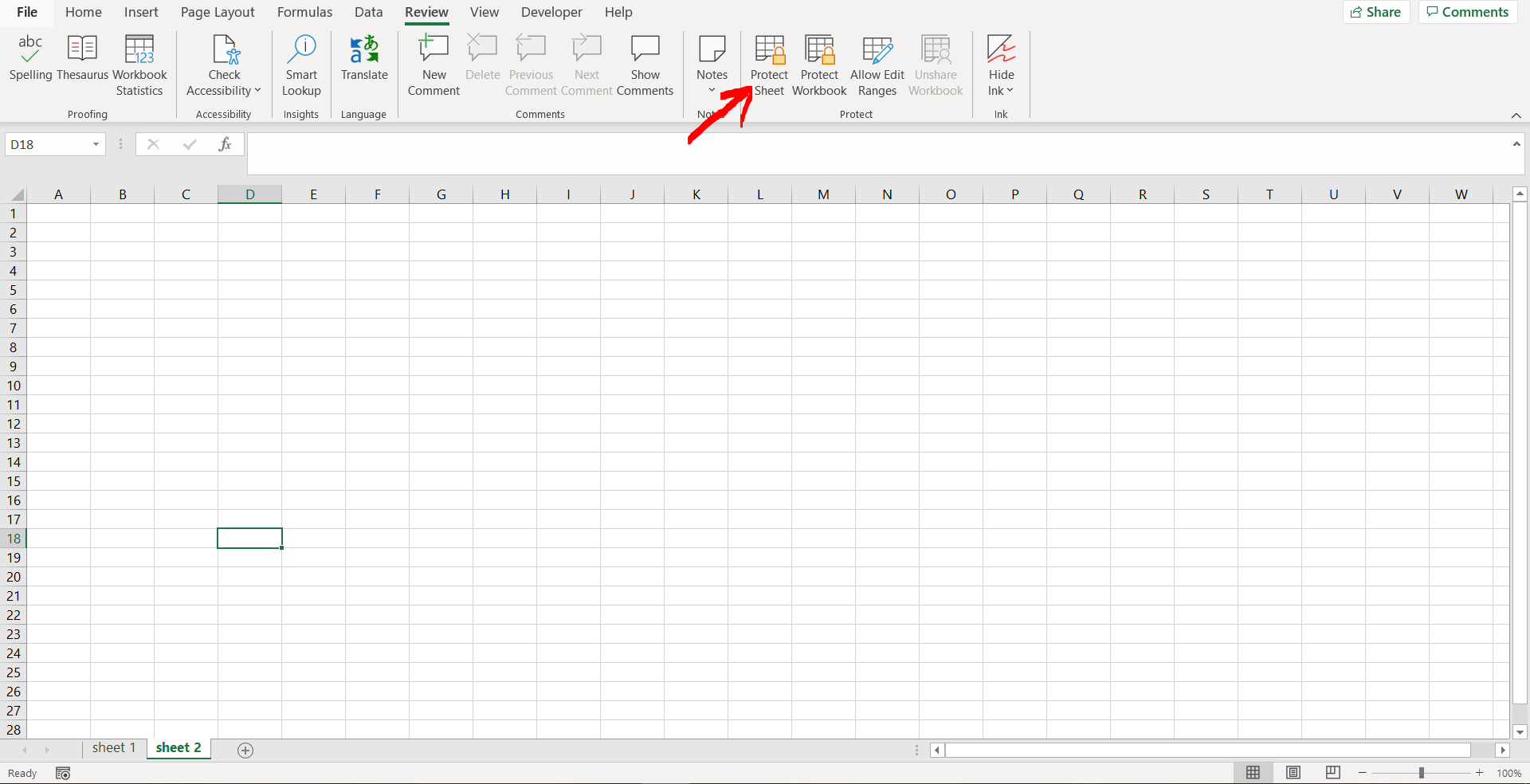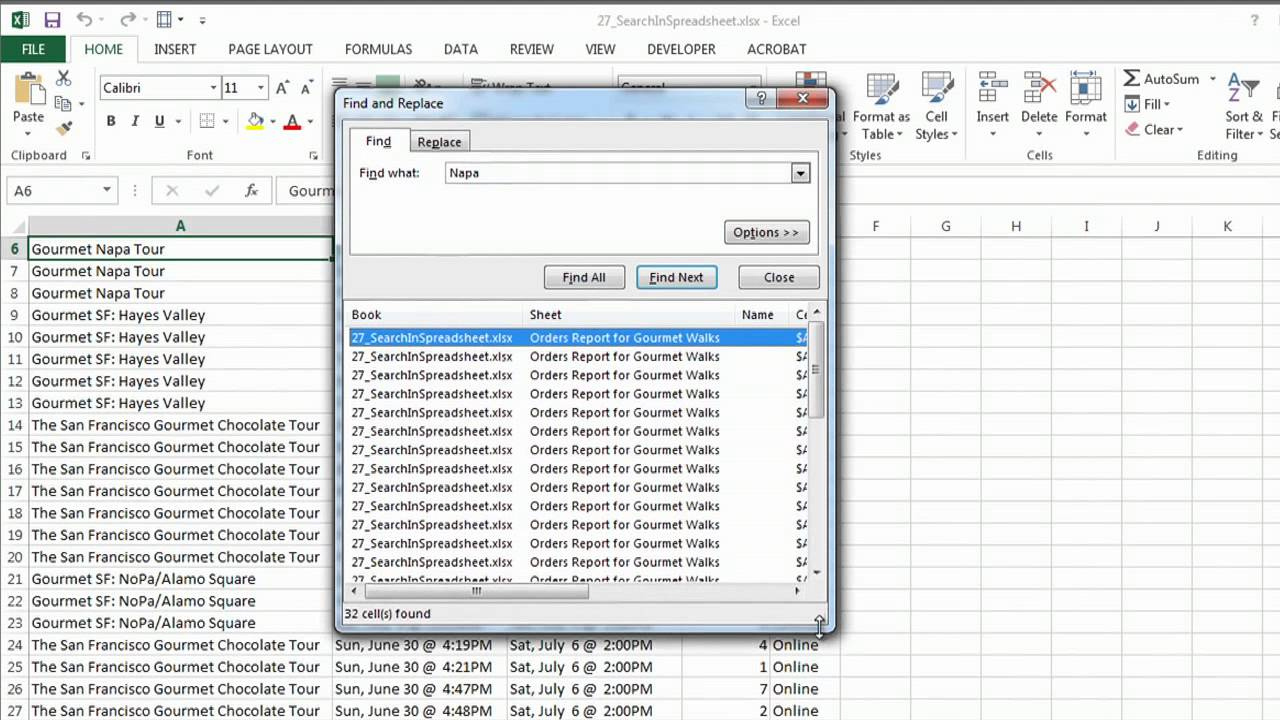5 Ways to Unlock Sheets in Excel Easily

Excel spreadsheets are powerful tools for data management, analysis, and reporting. However, sometimes you might find yourself in a situation where a sheet is locked, preventing you from making changes or editing it. If you're facing this issue, don't worry – here are five effective ways to unlock sheets in Excel easily, ensuring you can regain full control over your work.
Method 1: Using the Unprotect Sheet Option

One of the simplest methods to unlock an Excel sheet is through the built-in Unprotect Sheet feature. Here’s how:
- Open your Excel workbook and navigate to the protected sheet.
- Go to the Review tab on the Ribbon.
- Click on the Unprotect Sheet button.
- If a password was set when the sheet was protected, you will be prompted to enter it. Enter the correct password to unlock the sheet.
🔑 Note: If you do not know the password, you will need to try the other methods listed below.
Method 2: VBA Macro

If the straightforward method doesn’t work due to password protection, Visual Basic for Applications (VBA) can come to your rescue. Here’s how you can use a macro to unlock the sheet:
- Press ALT + F11 to open the VBA editor.
- Click Insert > Module to add a new module.
- Copy and paste the following VBA code:
Sub UnProtectSheet()
Dim i As Integer, j As Integer, k As Integer
Dim l As Integer, m As Integer, n As Integer
Dim sheet As Worksheet, sheetProtection As String
On Error Resume Next
For i = 65 To 66: For j = 65 To 66: For k = 65 To 66
For l = 32 To 126: For m = 32 To 126: For n = 32 To 126
sheetProtection = Chr(i) & Chr(j) & Chr(k) & Chr(l) & Chr(m) & Chr(n)
For Each sheet In Worksheets
sheet.Unprotect Password:=sheetProtection
If sheet.ProtectContents = False Then
MsgBox "Sheet Unprotected"
Exit Sub
End If
Next sheet
Next n: Next m: Next l: Next k: Next j: Next i
MsgBox "Unable to unlock sheet"
End Sub- Close the VBA editor and run the macro by pressing ALT + F8, selecting the macro, and clicking Run.
⚠️ Note: This method attempts to guess the password, which could be time-consuming if the password is complex.
Method 3: Excel Add-ins

Several third-party Excel add-ins like Excel Password Recovery or Excel Unprotect Sheet can simplify the process:
- Download and install a trusted Excel add-in from a reputable source.
- Open Excel, go to File > Options > Add-ins.
- Manage COM Add-ins or Excel Add-ins as applicable and add the tool you installed.
- Once added, follow the tool’s instructions to remove protection from the sheet.
Method 4: Using Zip File Method

This method is somewhat advanced but effective for unlocking sheets when passwords are forgotten or not known:
- Change the file extension of the Excel workbook from .xlsx to .zip.
- Extract the zip file.
- Navigate to the XL > Worksheets folder and find the Sheet#.xml file corresponding to your protected sheet.
- Open the XML file in a text editor like Notepad.
- Search for the
<sheetProtection>tag and delete it along with its end tag. - Save and close the XML file.
- Re-zip the modified folder structure, renaming the zip back to .xlsx.
📚 Note: This technique requires basic understanding of file manipulation and XML structure.
Method 5: Using Online Services

There are online services that claim to unlock Excel sheets, although caution must be exercised:
- Search for a reliable service offering Excel sheet unlocking.
- Upload your Excel file to the service.
- Follow their instructions, often involving password recovery or brute-force attempts.
- Download the unlocked file once the service has processed it.
These methods offer various ways to unlock an Excel sheet when you're locked out. Remember, each method has its own use case and effectiveness, depending on the level of protection applied. Here are a few points to consider:
Unlocking a sheet can be legitimate when you've forgotten the password or when you need to make changes to an Excel file that you're authorized to modify. However, attempting to bypass protection without permission could be illegal or unethical, especially if the data is sensitive or belongs to someone else.
Is it legal to unlock an Excel sheet?

+
Unlocking an Excel sheet is legal if you have the right to access and modify the data, such as being the owner or having explicit permission. Unauthorized access, however, can be considered illegal or unethical.
Can unlocking an Excel sheet damage my file?

+
Unlocking a sheet should not damage your file if done correctly. However, be cautious with online services that might not be secure or trustworthy, which could lead to data loss or corruption.
What should I do if I’ve lost the password to protect my sheet?

+
If you’ve lost the password to unlock your own sheet, you can attempt the VBA or ZIP methods, or use specialized Excel password recovery tools that don’t require permission to modify the file.
Are there any tools that can unlock Excel sheets?

+
Yes, several tools exist, like Excel Password Recovery tools, which can help in recovering or removing passwords from Excel sheets. However, exercise caution when selecting tools to ensure they are from reputable sources.
How can I prevent unauthorized unlocking of my Excel sheets?

+
To prevent unauthorized access, use strong passwords, limit access to the Excel file, and consider using encryption methods or additional security measures like workbook protection.